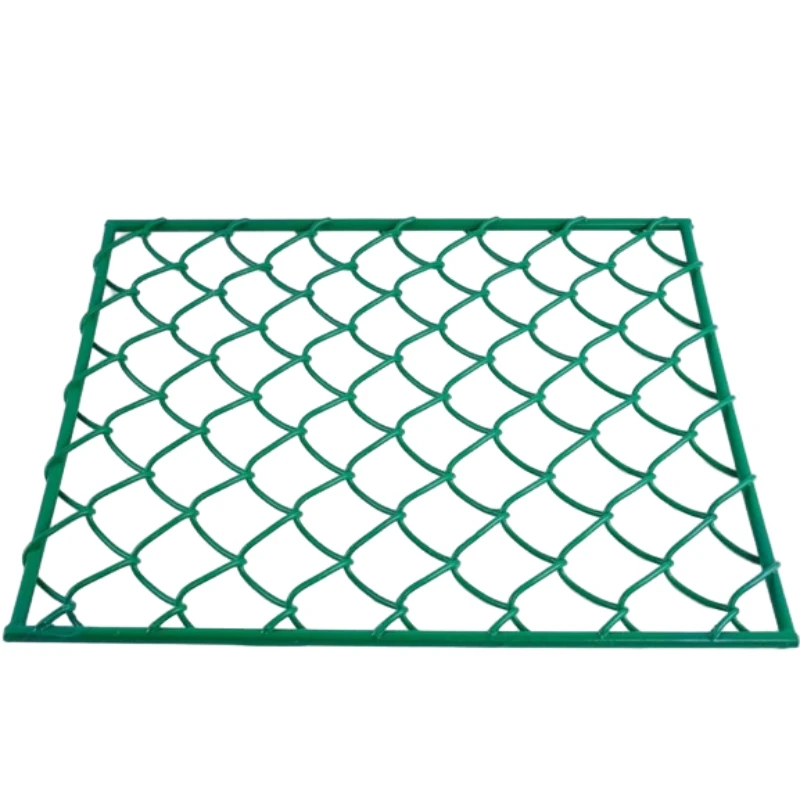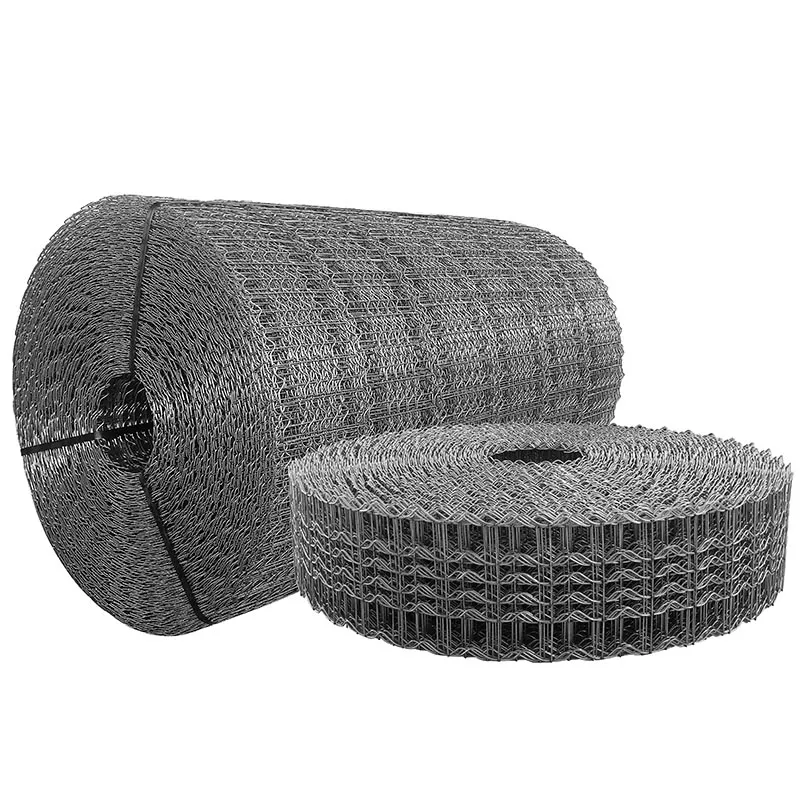- Industrial zone, South of Anping Town, Hengshui, Hebei, China.
- sales@hfpetromesh.com
- +86-18931809706
 Afrikaans
Afrikaans  Albanian
Albanian  Amharic
Amharic  Arabic
Arabic  Armenian
Armenian  Azerbaijani
Azerbaijani  Basque
Basque  Belarusian
Belarusian  Bengali
Bengali  Bosnian
Bosnian  Bulgarian
Bulgarian  Catalan
Catalan  Cebuano
Cebuano  Corsican
Corsican  Croatian
Croatian  Czech
Czech  Danish
Danish  Dutch
Dutch  English
English  Esperanto
Esperanto  Estonian
Estonian  Finnish
Finnish  French
French  Frisian
Frisian  Galician
Galician  Georgian
Georgian  German
German  Greek
Greek  Gujarati
Gujarati  Haitian Creole
Haitian Creole  hausa
hausa  hawaiian
hawaiian  Hebrew
Hebrew  Hindi
Hindi  Miao
Miao  Hungarian
Hungarian  Icelandic
Icelandic  igbo
igbo  Indonesian
Indonesian  irish
irish  Italian
Italian  Japanese
Japanese  Javanese
Javanese  Kannada
Kannada  kazakh
kazakh  Khmer
Khmer  Rwandese
Rwandese  Korean
Korean  Kurdish
Kurdish  Kyrgyz
Kyrgyz  Lao
Lao  Latin
Latin  Latvian
Latvian  Lithuanian
Lithuanian  Luxembourgish
Luxembourgish  Macedonian
Macedonian  Malgashi
Malgashi  Malay
Malay  Malayalam
Malayalam  Maltese
Maltese  Maori
Maori  Marathi
Marathi  Mongolian
Mongolian  Myanmar
Myanmar  Nepali
Nepali  Norwegian
Norwegian  Norwegian
Norwegian  Occitan
Occitan  Pashto
Pashto  Persian
Persian  Polish
Polish  Portuguese
Portuguese  Punjabi
Punjabi  Romanian
Romanian  Russian
Russian  Samoan
Samoan  Scottish Gaelic
Scottish Gaelic  Serbian
Serbian  Sesotho
Sesotho  Shona
Shona  Sindhi
Sindhi  Sinhala
Sinhala  Slovak
Slovak  Slovenian
Slovenian  Somali
Somali  Spanish
Spanish  Sundanese
Sundanese  Swahili
Swahili  Swedish
Swedish  Tagalog
Tagalog  Tajik
Tajik  Tamil
Tamil  Tatar
Tatar  Telugu
Telugu  Thai
Thai  Turkish
Turkish  Turkmen
Turkmen  Ukrainian
Ukrainian  Urdu
Urdu  Uighur
Uighur  Uzbek
Uzbek  Vietnamese
Vietnamese  Welsh
Welsh  Bantu
Bantu  Yiddish
Yiddish  Yoruba
Yoruba  Zulu
Zulu
- Afrikaans
- Albanian
- Amharic
- Arabic
- Armenian
- Azerbaijani
- Basque
- Belarusian
- Bengali
- Bosnian
- Bulgarian
- Catalan
- Cebuano
- Corsican
- Croatian
- Czech
- Danish
- Dutch
- English
- Esperanto
- Estonian
- Finnish
- French
- Frisian
- Galician
- Georgian
- German
- Greek
- Gujarati
- Haitian Creole
- hausa
- hawaiian
- Hebrew
- Hindi
- Miao
- Hungarian
- Icelandic
- igbo
- Indonesian
- irish
- Italian
- Japanese
- Javanese
- Kannada
- kazakh
- Khmer
- Rwandese
- Korean
- Kurdish
- Kyrgyz
- Lao
- Latin
- Latvian
- Lithuanian
- Luxembourgish
- Macedonian
- Malgashi
- Malay
- Malayalam
- Maltese
- Maori
- Marathi
- Mongolian
- Myanmar
- Nepali
- Norwegian
- Norwegian
- Occitan
- Pashto
- Persian
- Polish
- Portuguese
- Punjabi
- Romanian
- Russian
- Samoan
- Scottish Gaelic
- Serbian
- Sesotho
- Shona
- Sindhi
- Sinhala
- Slovak
- Slovenian
- Somali
- Spanish
- Sundanese
- Swahili
- Swedish
- Tagalog
- Tajik
- Tamil
- Tatar
- Telugu
- Thai
- Turkish
- Turkmen
- Ukrainian
- Urdu
- Uighur
- Uzbek
- Vietnamese
- Welsh
- Bantu
- Yiddish
- Yoruba
- Zulu
Banded Bar Grating Durable, Heavy-Duty & Cost-Effective Solutions
- Material Advantages & Structural Innovation
- Performance Metrics Across Load Scenarios
- Competitive Analysis: Manufacturer Benchmarks
- Adaptive Design Configurations
- Cost Variables in Project Implementation
- Industry-Specific Installation Case Studies
- Banded Bar Grating in Modern Infrastructure

(banded bar grating)
Material Advantages & Structural Innovation
Banded bar grating systems leverage high-yield steel alloys, achieving 18-23% greater load-bearing capacity than traditional welded gratings. The patented interlock design reduces deflection by 34% under ASTM A36 standards, while galvanized or powder-coated surfaces extend service life to 25+ years in corrosive environments. Crossbars spaced at 1.25" intervals provide 85% free area, optimizing drainage without compromising structural integrity.
Performance Metrics Across Load Scenarios
Third-party testing confirms banded grating withstands 8,000 PSI distributed loads in industrial settings – 42% higher than standard bar grating alternatives. Impact resistance reaches 180 ft-lbs in ASTM E23 tests, with slip-resistant surfaces maintaining 0.65+ coefficient of friction in wet conditions. Thermal stability ranges from -40°F to 1200°F, accommodating extreme operational environments.
Competitive Analysis: Manufacturer Benchmarks
| Vendor | Load Capacity (PSI) | Corrosion Resistance | Cost/Sq.Ft | Custom Options |
|---|---|---|---|---|
| SteelCore® | 8,400 | Hot-dip galvanized | $18.75 | 17 profiles |
| DuraGrid™ | 7,800 | Epoxy coating | $22.90 | 9 profiles |
| InfraBond® | 9,100 | Stainless steel | $34.20 | 23 profiles |
Adaptive Design Configurations
Custom-engineered banded bar grating
accommodates spans up to 24' without intermediate supports. Modular units enable 0.5" tolerance adjustments for retrofit installations. Specialized configurations include:
- Anti-microbial zinc-nickel coatings (FDA compliant)
- Explosion-proof riveting (ATEX Directive 2014/34/EU)
- ADA-compliant surface textures (0.35" raised nodules)
Cost Variables in Project Implementation
Total bar grating cost averages $28-$42/sq.ft installed, with material accounting for 63% of expenses. Lifecycle analysis shows 19% lower maintenance costs versus alternatives over 15 years. Bulk orders (500+ sq.ft) reduce unit pricing by 14-18%, while custom fabrication carries 22-25% premium over stock sizes.
Industry-Specific Installation Case Studies
Automotive Plant: 12,000 sq.ft of Type B-432 banded grating reduced floor maintenance hours by 65% annually. Marine Terminal: 304 stainless steel units with 1.5" bearing bars sustained 12-ton forklift traffic for 8 years without replacement. Power Generation: Fiber-reinforced polymer grating cut heat transfer by 41% in turbine buildings.
Banded Bar Grating in Modern Infrastructure
As industrial demands intensify, banded bar grating emerges as the optimal solution for heavy-use environments. With 92% of specifiers reporting improved safety metrics and 78% achieving faster installation timelines, these systems now constitute 34% of all industrial flooring upgrades in North America. Recent advances in robotic welding ensure ±0.01" dimensional accuracy across production runs, while IoT-enabled monitoring systems track real-time load data through embedded sensors.

(banded bar grating)
FAQS on banded bar grating
Q: What is a banded bar grating used for?
A: Banded bar grating provides heavy-duty support for industrial flooring, walkways, and platforms. Its welded bands reinforce load-bearing capacity, making it ideal for high-traffic or heavy machinery areas.
Q: How does banded bar grating differ from standard bar grating?
A: Banded bar grating includes additional flat bars welded perpendicular to load-bearing bars for extra strength. Standard bar grating lacks these reinforcements, making banded versions better for extreme loads.
Q: Where is banded grating commonly installed?
A: Banded grating is used in factories, airports, wastewater plants, and parking garages. It’s chosen for slip resistance, ventilation, and durability in corrosive or high-weight environments.
Q: What factors affect bar grating cost?
A: Bar grating cost depends on material (steel, aluminum), thickness, spacing, and customization. Banded designs or coatings like galvanization also increase pricing compared to basic models.
Q: Can banded bar grating be customized for specific projects?
A: Yes—banded bar grating is customizable in size, material, and band placement. Suppliers adjust bar spacing, thickness, and finishes to meet load requirements or safety standards.
-
Why Our Shaker Screen for Sale Stands Out in Every ApplicationNewsAug.08,2025
-
Unmatched Efficiency with Premium Shale Shaker Screen TechnologyNewsAug.08,2025
-
Reliable, Durable, and Cost-Effective: Press Locked Steel Grating SolutionsNewsAug.08,2025
-
Precision Strength with Welded Steel Bar GratingNewsAug.08,2025
-
Perimeter Safety Netting: The High-Strength Shield for Elevated Safety SolutionsNewsAug.08,2025
-
Maximize Performance with Steel Walkway GratingNewsAug.08,2025